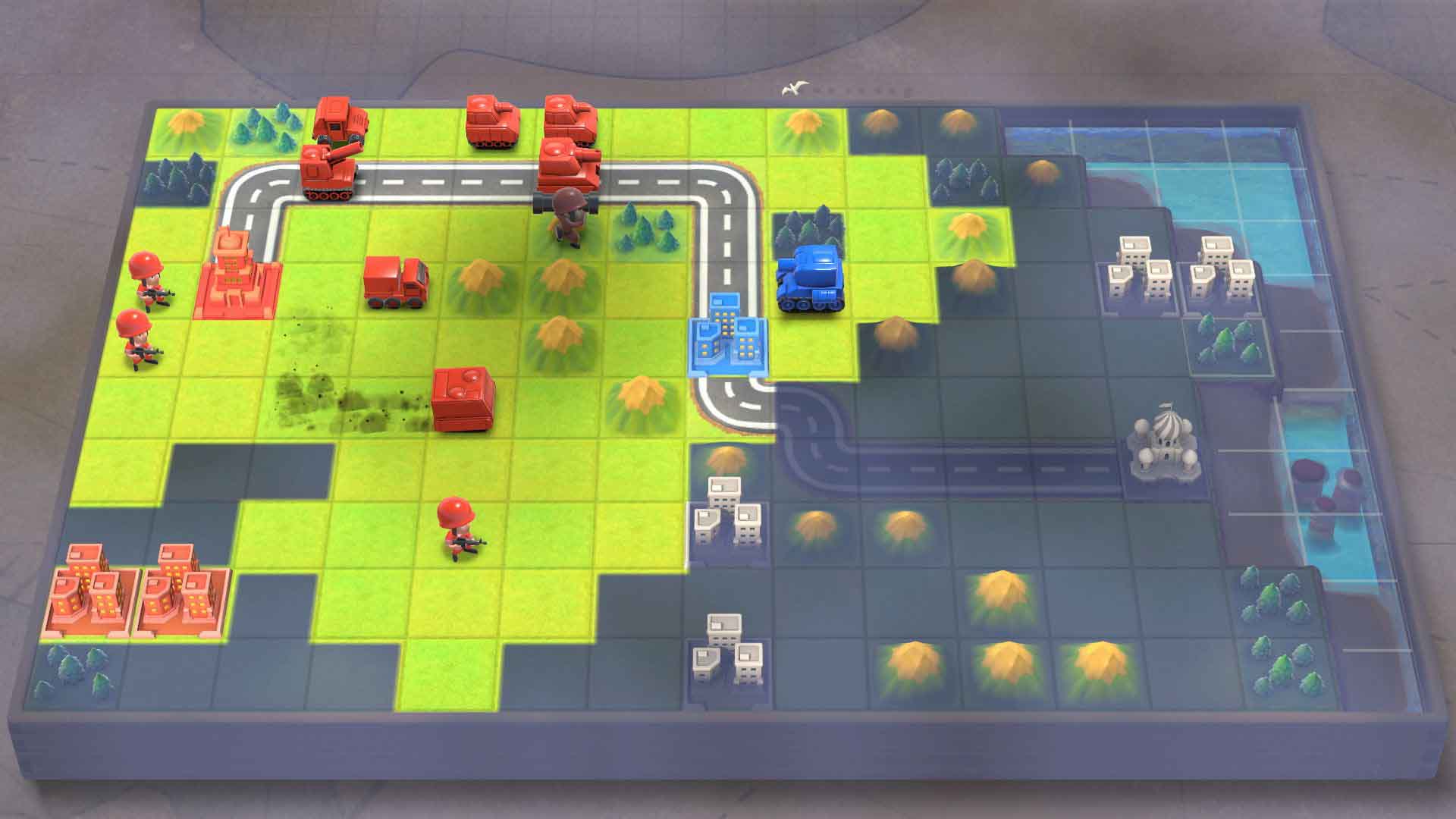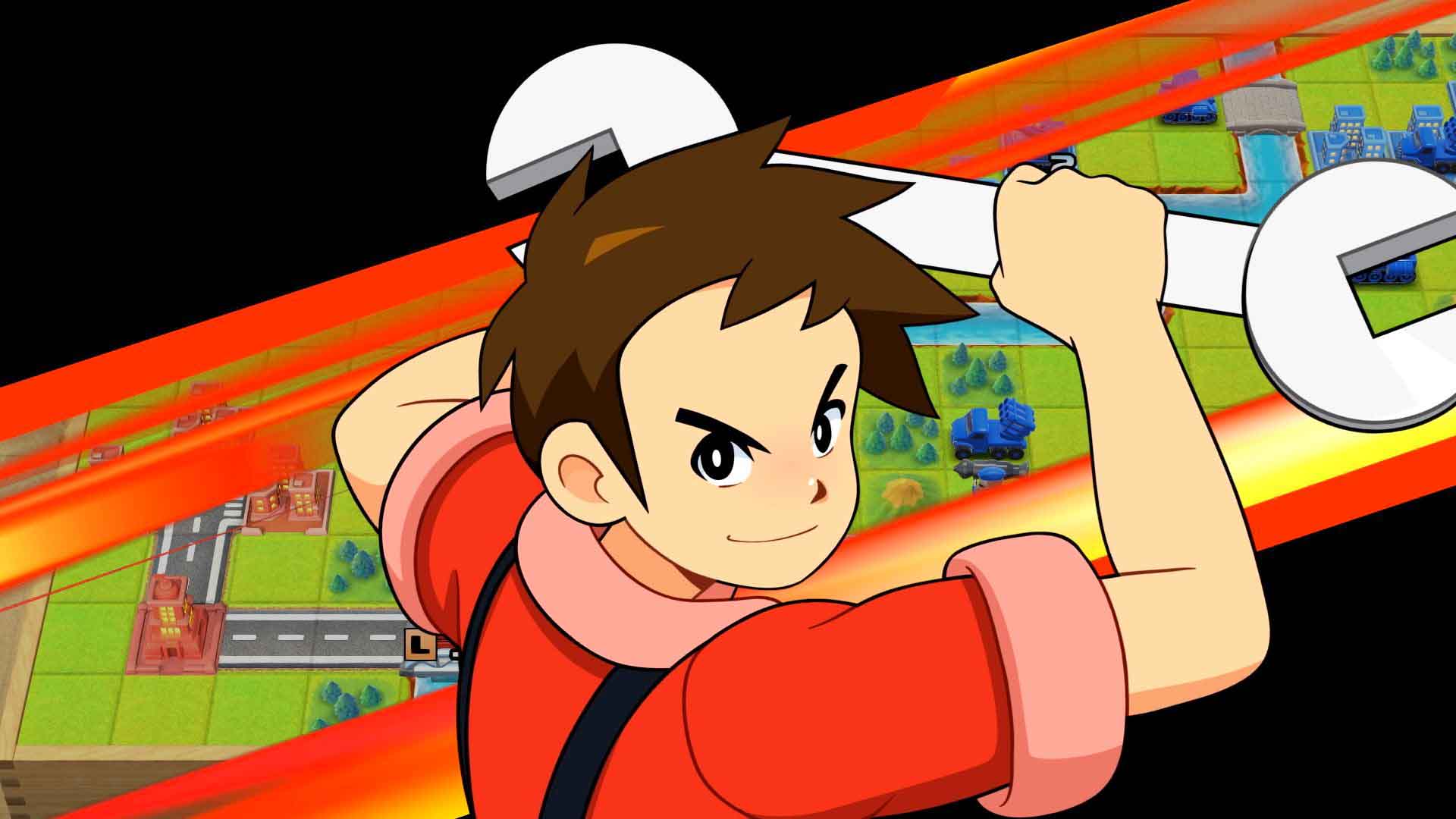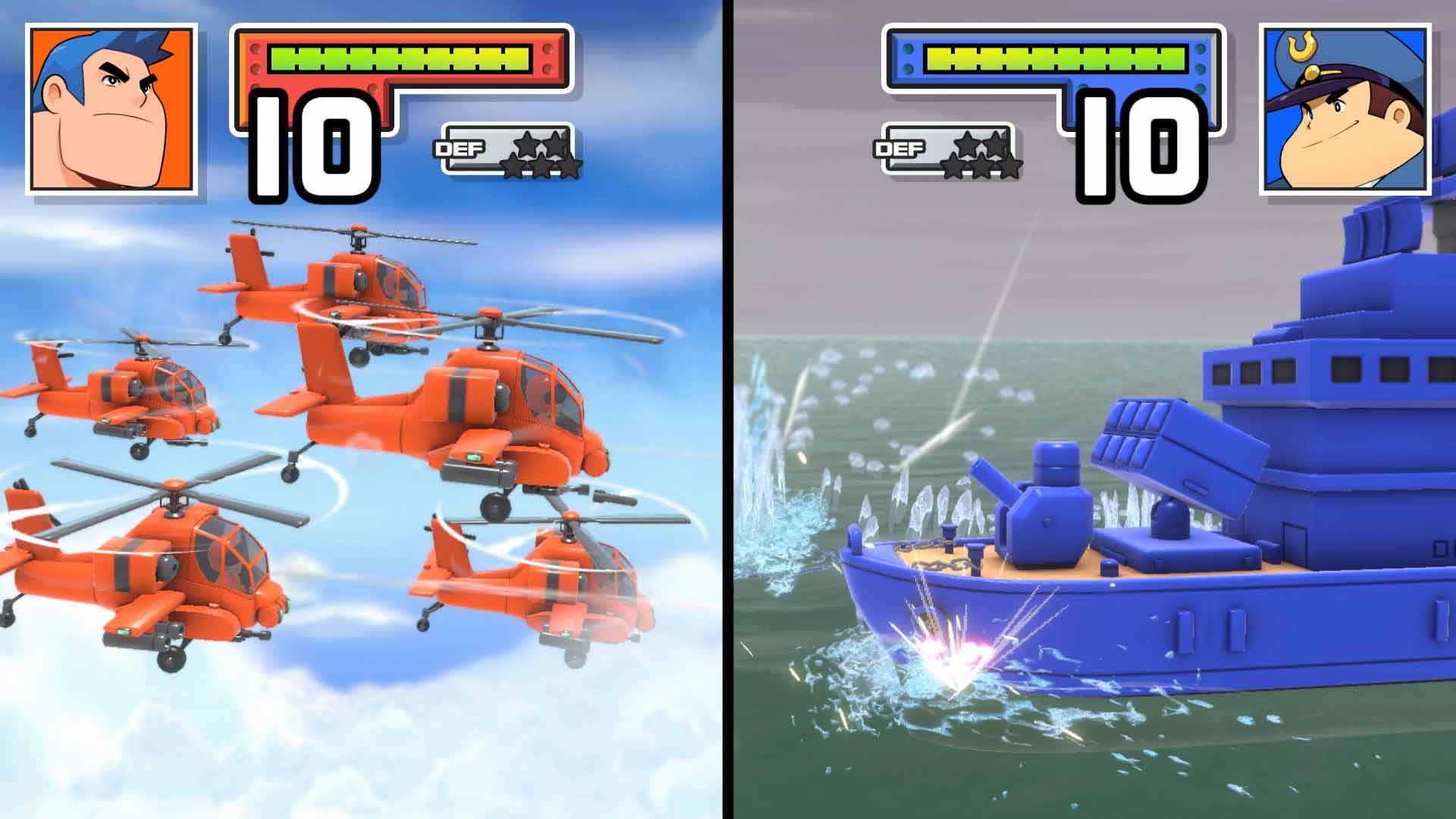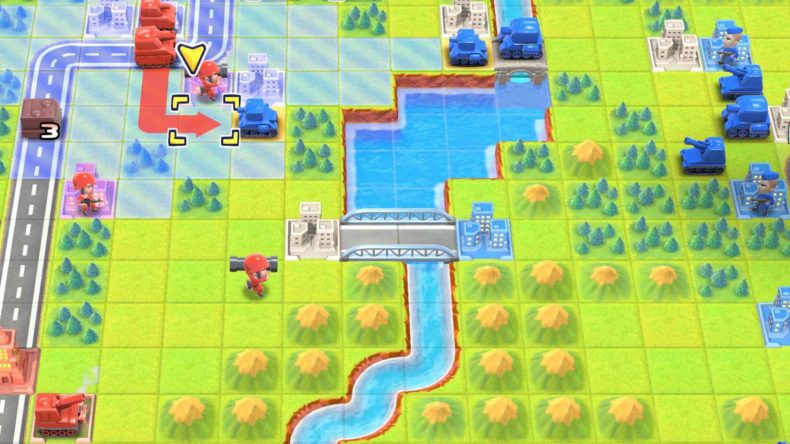Advance Wars 1+2: Re-boot Camp has made me feel pretty old. While I’ve only played a portion of the first campaign so far, it felt like walking into your favourite pub full of confidence, only to find out it’s changed hands, been refurbished, and the landlord had been replaced by someone who doesn’t recognise your long-running tab, wants you to pay up immediately, and is going to set the bouncers on you while throwing your custom beer tankard with your name on it into a skip, laughing in your face. That is to say, then, I don’t quite remember Advance Wars being this hard.
The thing is, while Advance Wars has been away, there have been a lot of tactics games that have filled the void. Fire Emblem is probably the one most people will have gravitated towards, and where that series has offered multiple ways to beat the opponent commander (so to speak), Advance Wars often feels as though there’s a set way to win based on understanding each individual battle, the units you have to make use of, and victory conditions.

Unit placement is key, and everything here has a reason and use-case, with every turn feeling vitally important. From movement to target range (and understand that the AI isn’t bad, even on casual difficulty, and will often ensure it never leaves a tank, for example, within artillery range), and fuel to territory control, you might be forgiven for looking at the art style and thinking this is a game aimed at a younger audience, but that’s just not the case, so far.
The AI will wipe the floor with you on regular difficulty, and when you’re learning, there’s a chance that might make you feel a bit hard done by. For example, once you get to choose a commanding officer (CO) to use, you’ll do so based on the mission type, and what their CO Power is. These powers are built up over time (and damage done/success on the battlefield), and can change the tide of battle. But again, within the first few hours, you’re going to feel like the enemy CO almost always has a better power than all of yours.
Take Andy, the first of your COs. His power will repair your units by 2 (they have 10, total) and enhance their attacking capabilities for that turn. He feels the most balanced to begin with, as there are few trade-offs for picking him. The rest have passive changes which make them harder to get to grips with. Max can do more damage with units up close. “Great”, you might think, but he loses mobility for that. Sami can capture buildings more quickly, only she can’t; not really. To capture a building you must knock its power down from 20, and while everyone else can do 10 per turn, she does 15, which still requires two turns like everyone else. To make the most of Sami you need to ensure your infantry is healthy and not damaged, and that’s not always easy.

On the other hand, Blue Moon’s Olaf can change Summer to Winter, messing up your plans, and Grit can extend his range, while Green Earth’s Eagle can use his CO Power to take a second turn with all units (albeit at a reduced damage output). Now look, before hardcore fans start to shout at me, yes I know it’s supposed to be hard, but for newcomers, of which I’d wager there might be quite a few, the difficulty is going to be a surprise.
And it might sound like that’s gotten me down a bit, but that’s not the case at all: it’s all just part of the process. What it means is that this is a faithful “re-boot”, and that, whether you like the art style or not (I do, but most people seem against it), you aren’t getting a dumbed down version of these classic games. Fans might plough through the early stages, but I’d wager unless people have been replaying the games more recently, they will have to scratch their heads a bit and get the thinking caps on.

That said, there are already difficulty spikes that go both ways. It’s tricky to know if, at this stage, it’s just that I’m happier playing certain mission types or not. I seem to struggle with warfare when there’s no bases available to create new units, but when it comes to air and sea support, I tend to dominate no matter the CO I pick. The yellow section of the map, for example, absolutely annihilated me over and over with the first mission, but when I beat it (easily eventually) I wasn’t too sure what tactic I’d changed in order to do so. Then, the following missions I beat the first time, multiple times on the trot. It certainly seems like because I could build units I had an easier time, but time with the rest of the first game’s campaign will tell as to whether this is the case or not.
Advance Wars 1+2: Re-boot Camp, so far, seems to scratch an itch I didn’t know I had. Failure isn’t met with frustration, instead it’s greeted with a smile, and a hurried restarting of a battle with a want to do better. I may still be relatively early on in the campaign, but despite having played these games over twenty years ago, they feel fresh again. The cartoon-aesthetic feels right for the characters (mostly), and some of the music absolutely slaps. If you go in expecting to be a master because of the tactics-titles you’ve played recently, you’re going to get your ass handed back to you. Like when it first released, it seems Advance Wars is a game I have needed to retrain my brain for, learning the deep mechanics, and understanding the complexity of the amount of options on the table, and I can’t wait to dig deeper to see more of what it has to offer.
Advance Wars 1+2: Re-boot Camp is coming to Nintendo Switch on April 21st, 2023.





